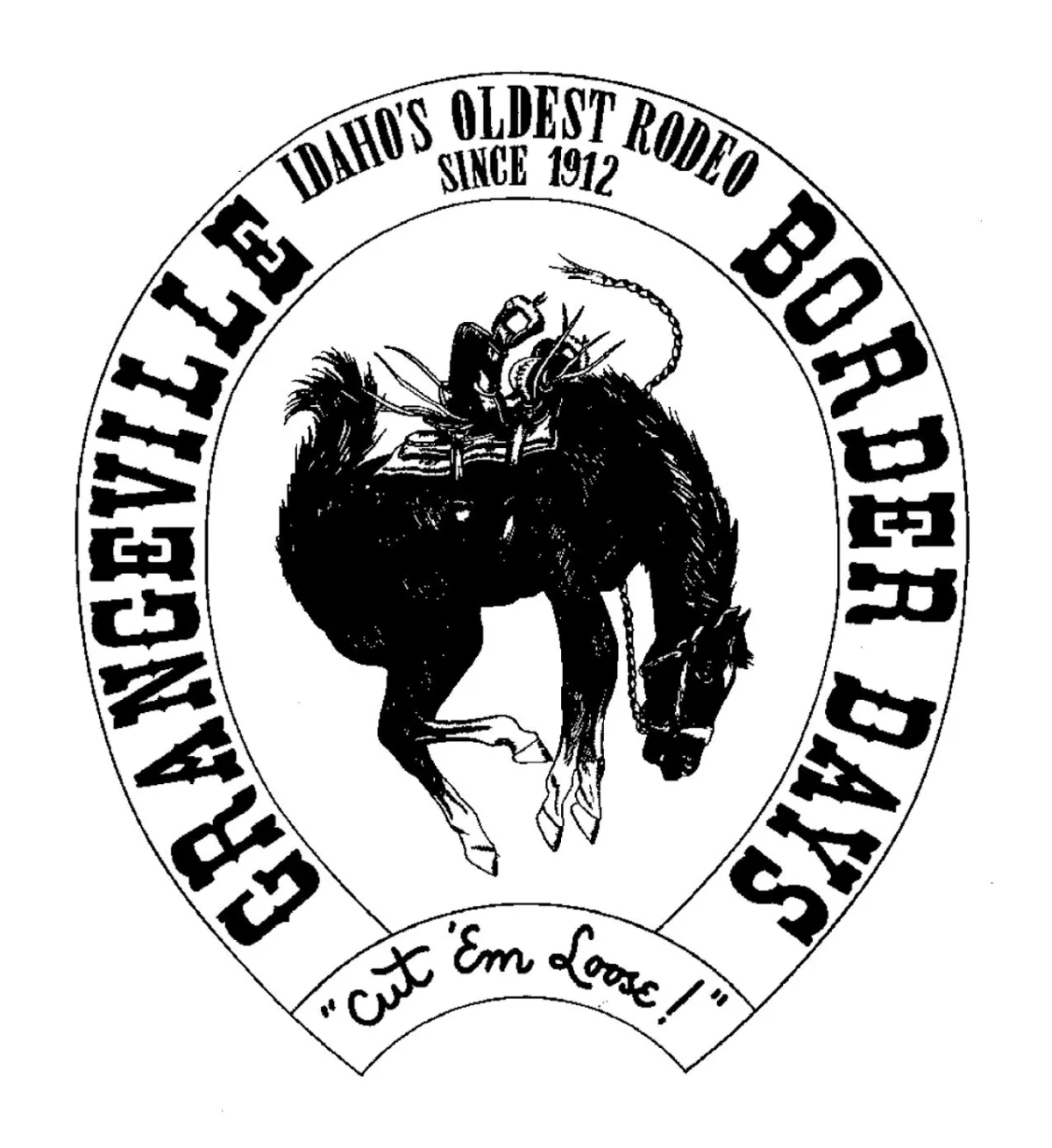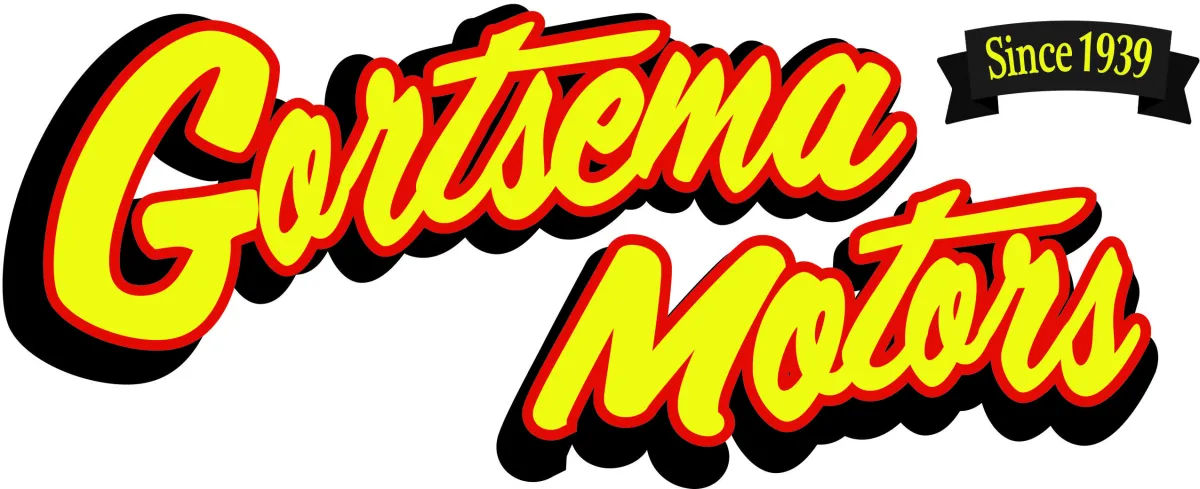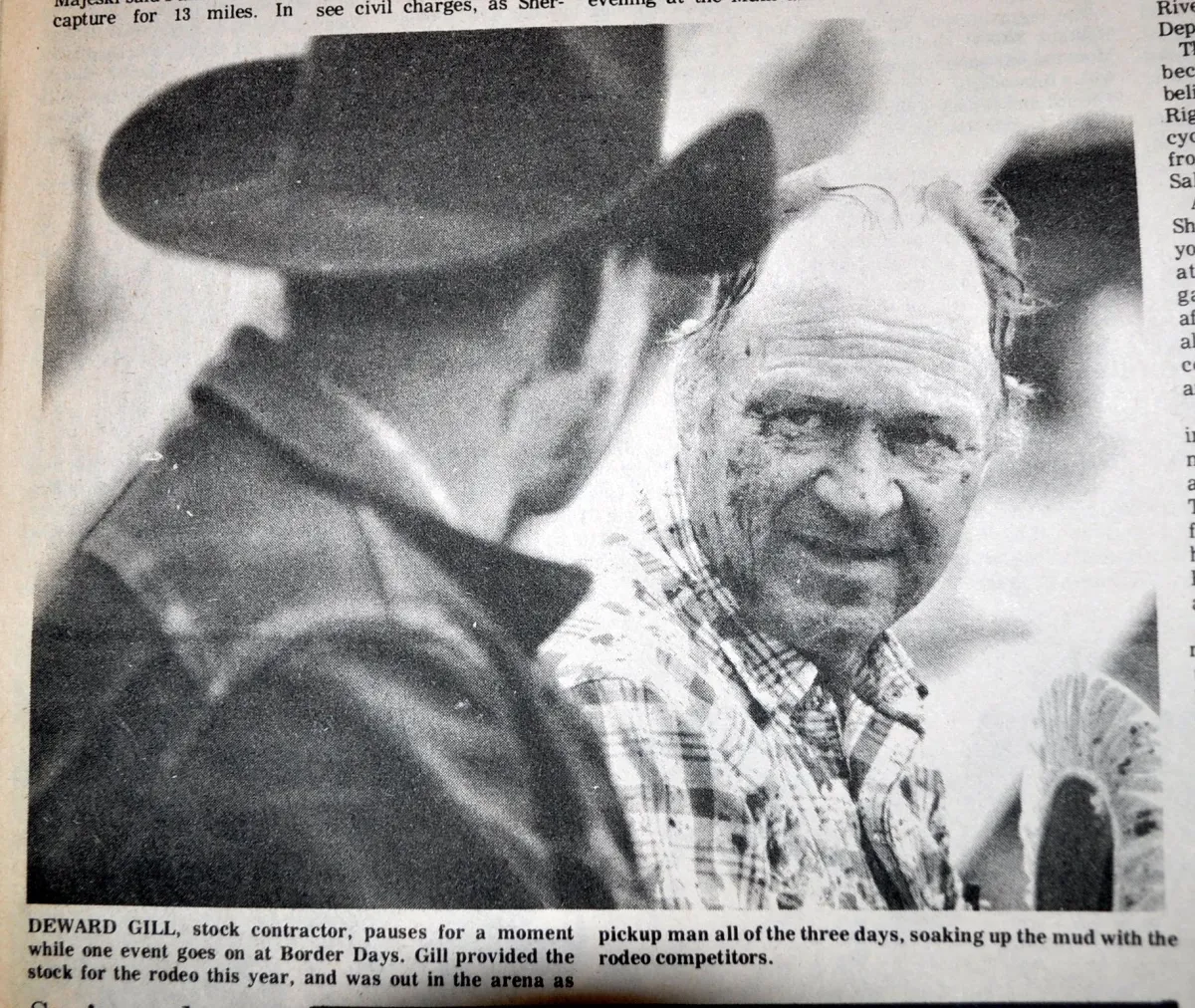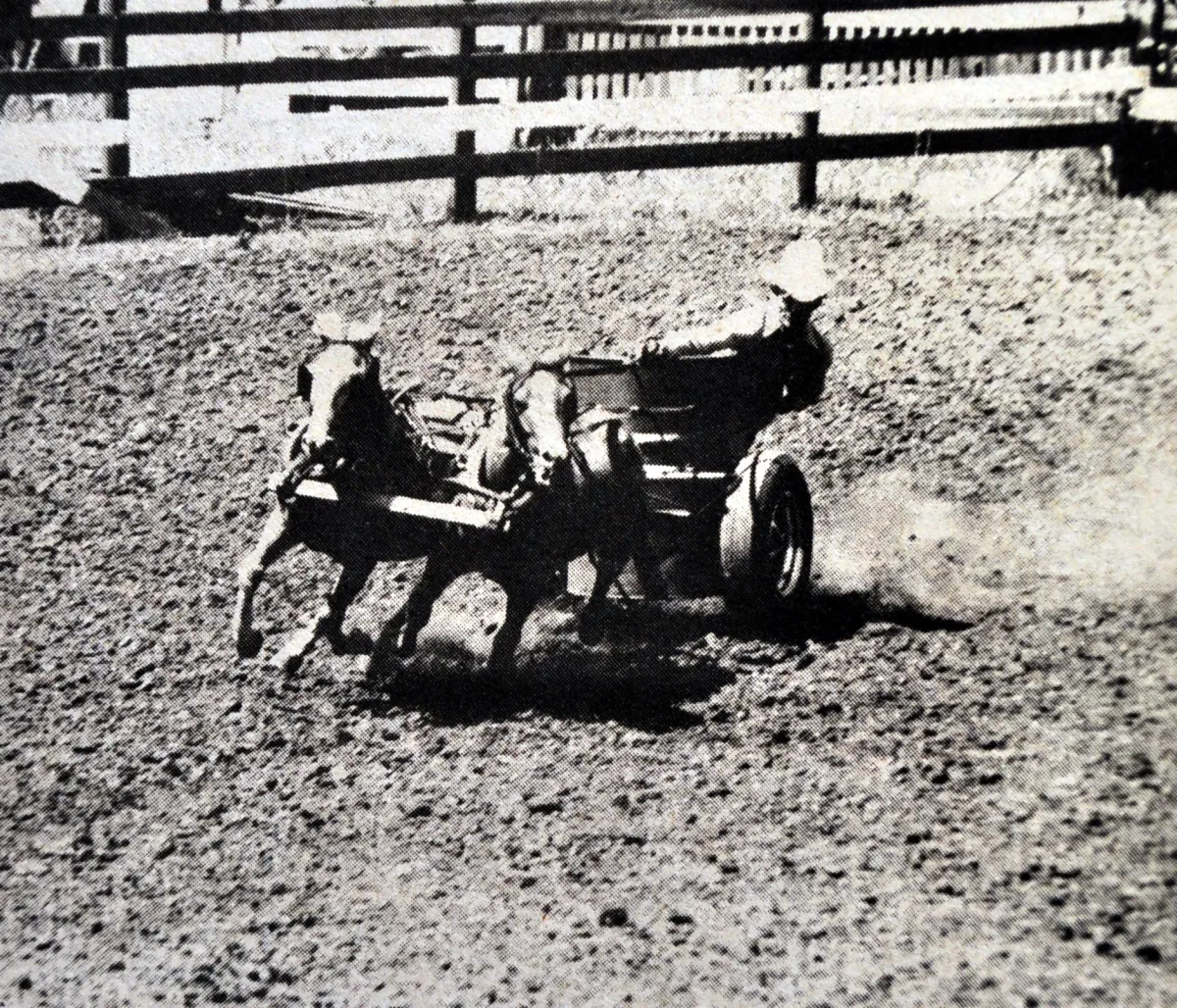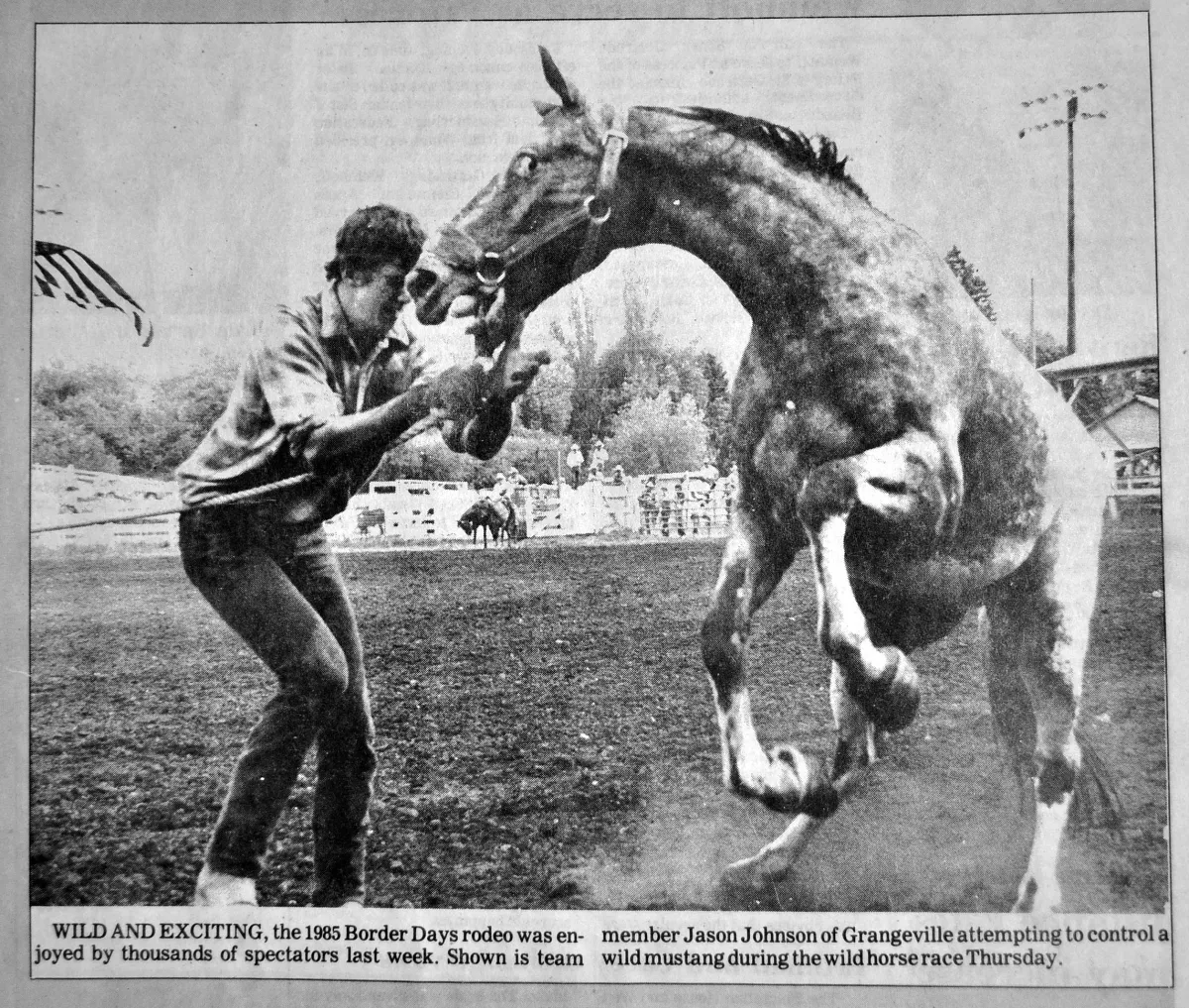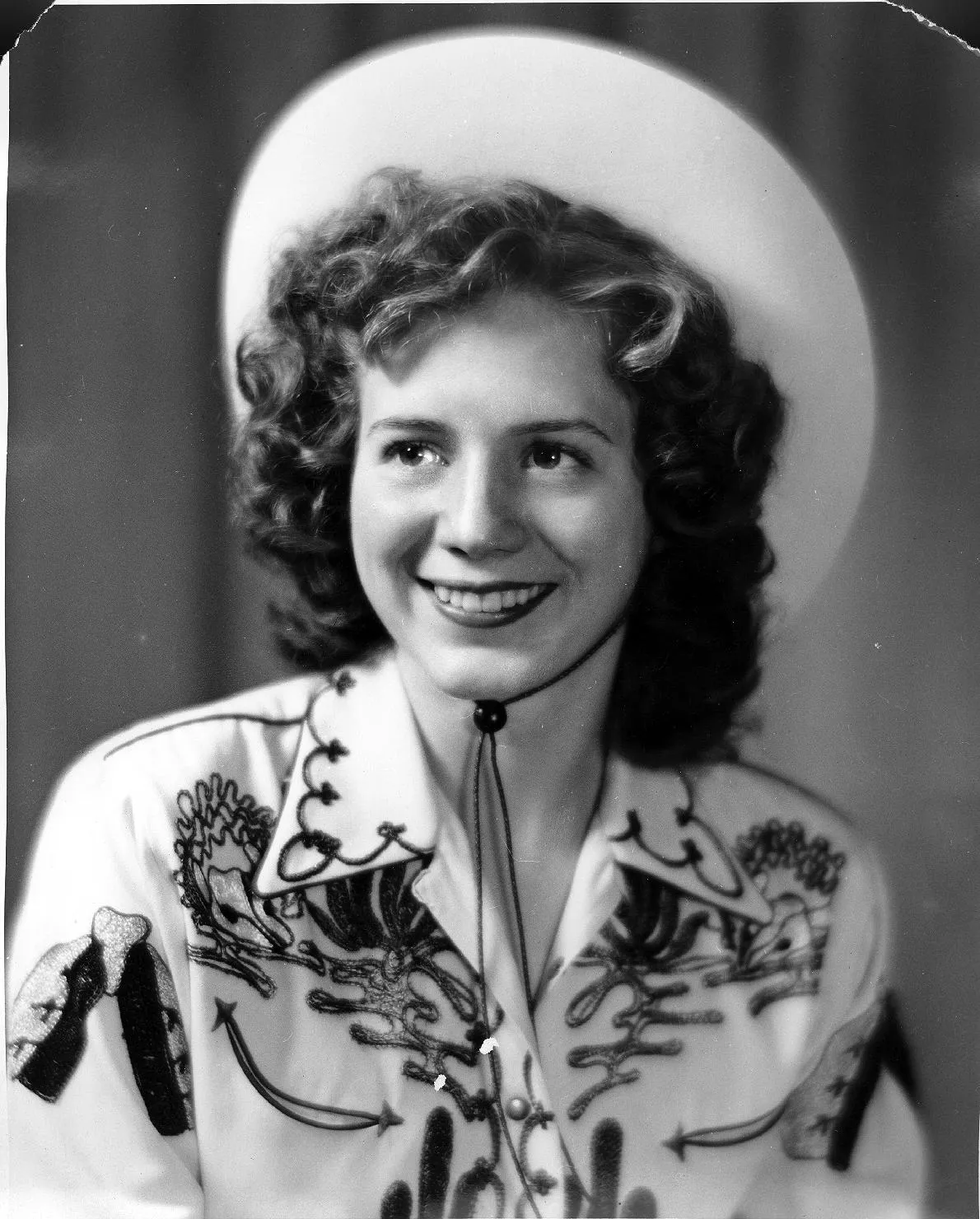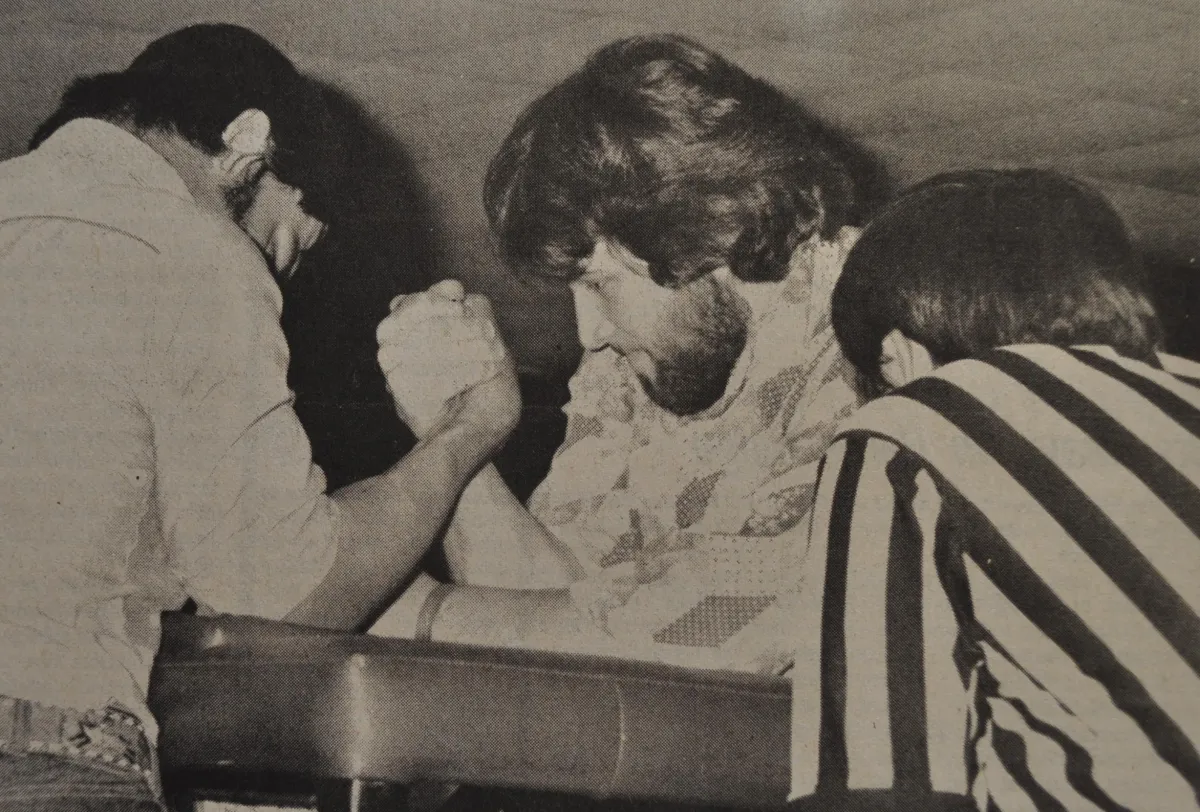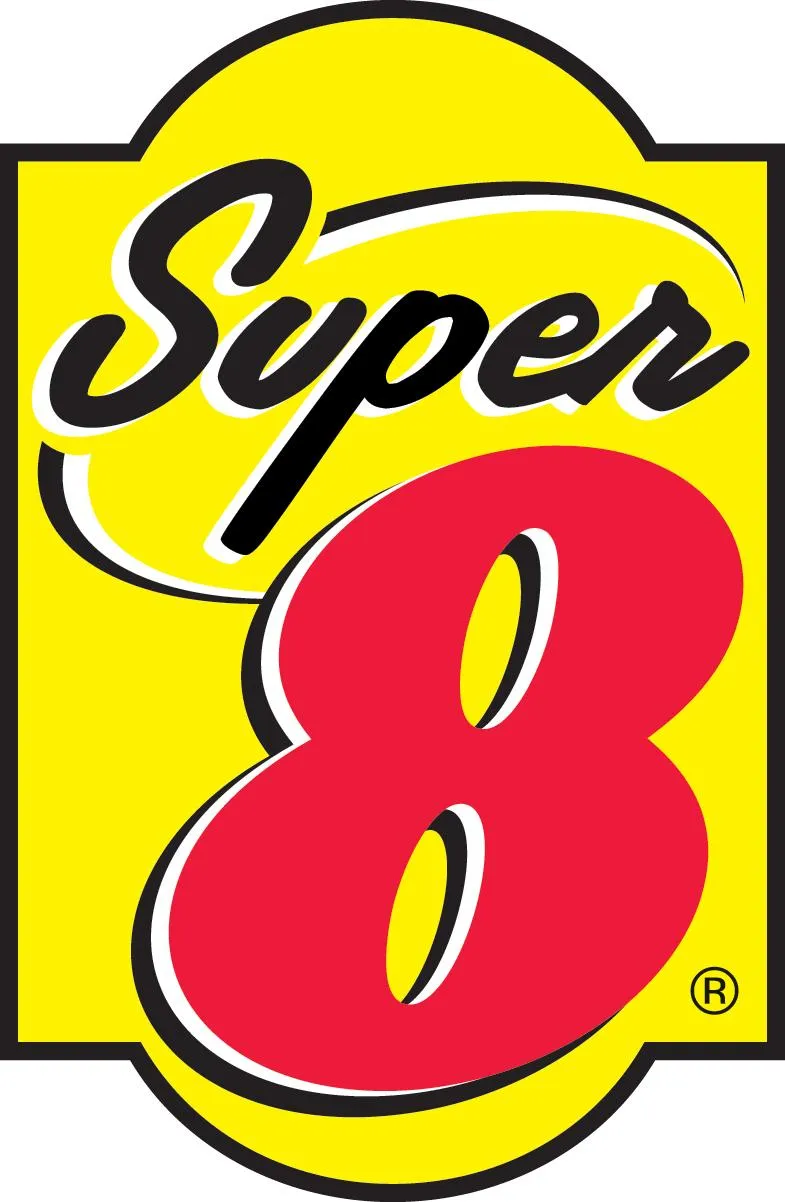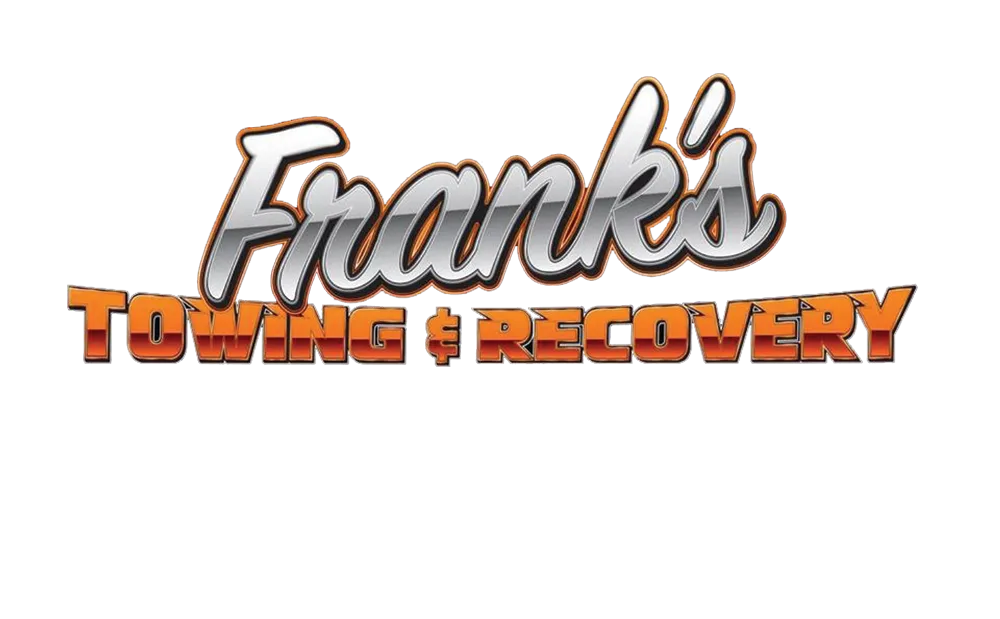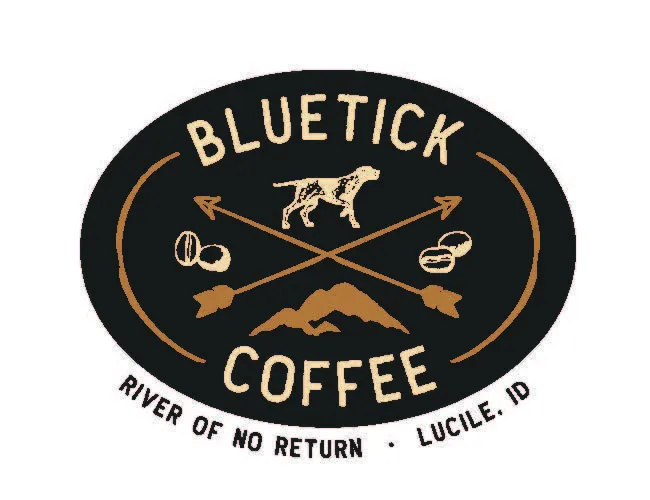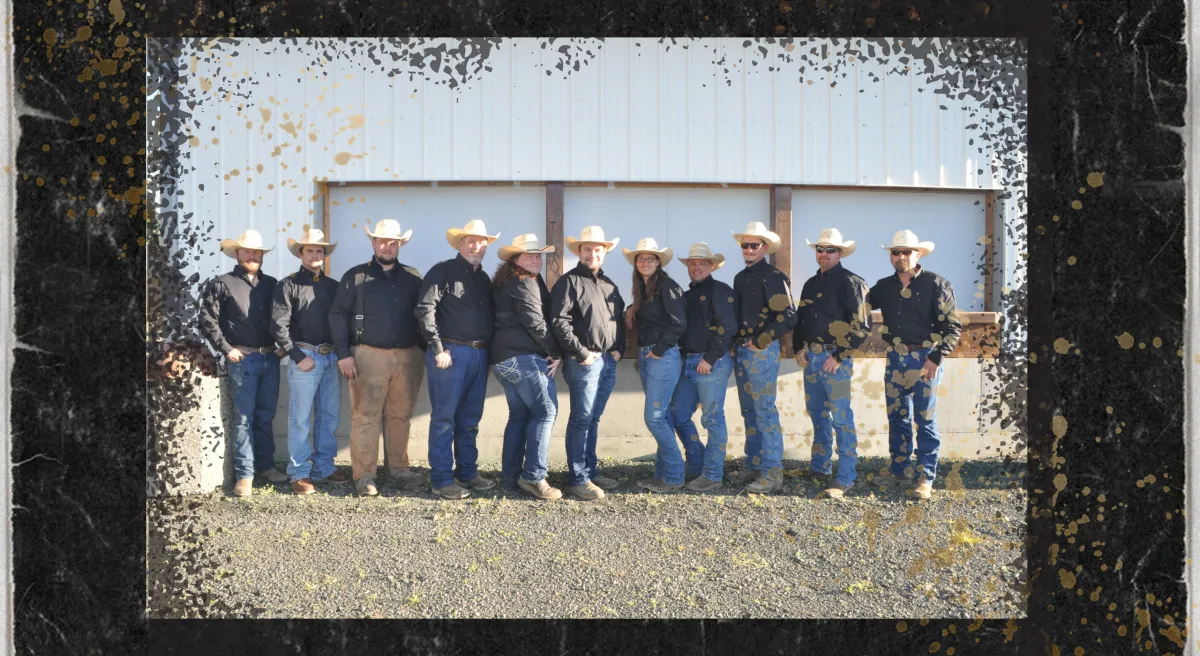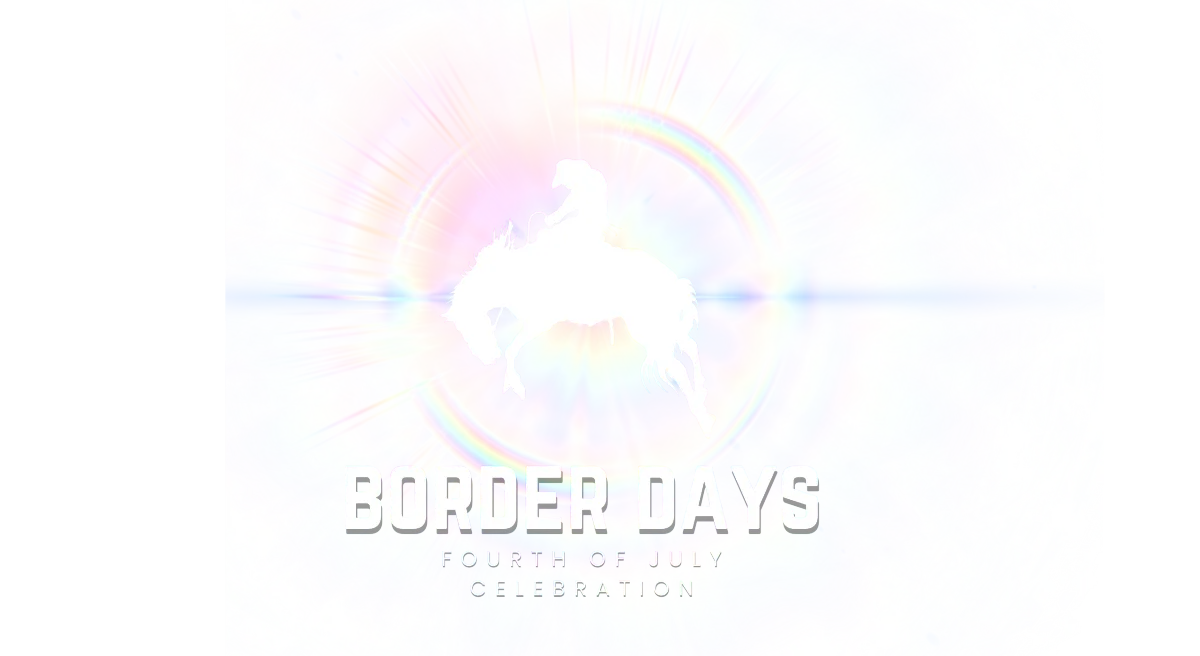
IDAHO'S
OLDEST RODEO
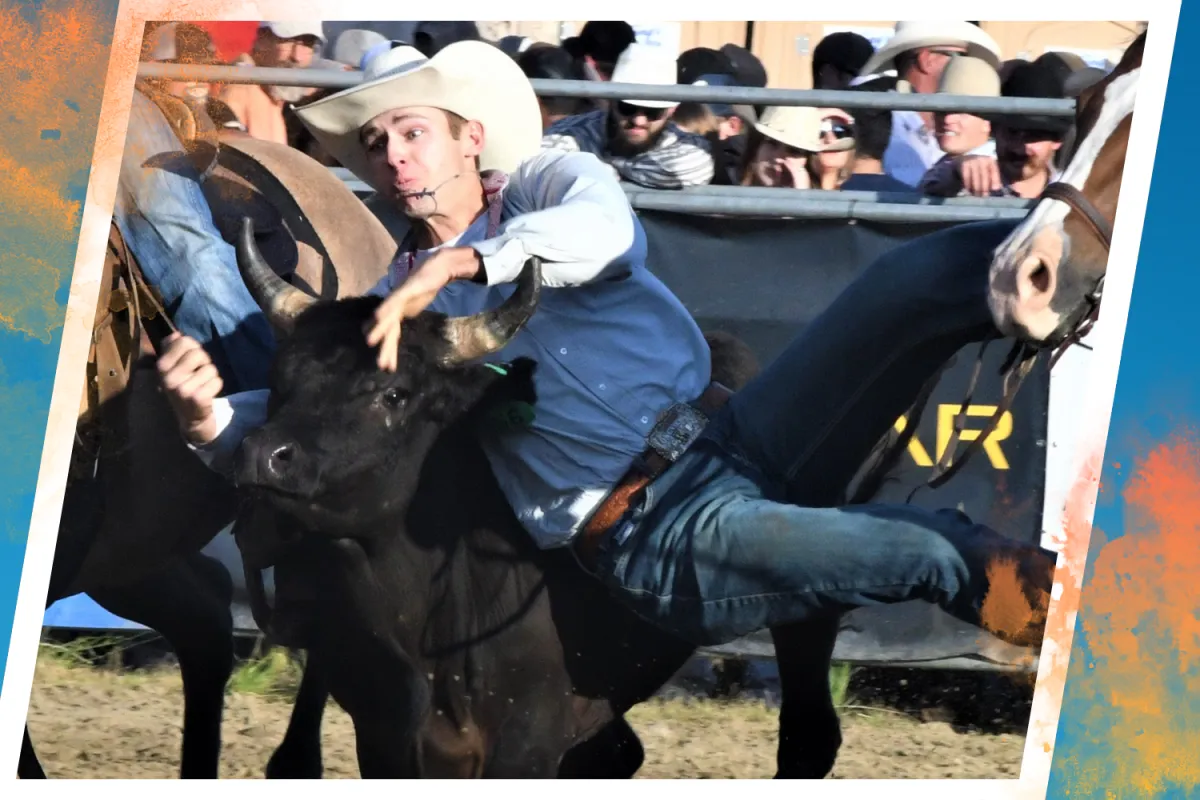

114 Years of "Cut Em' Loose!"
A brief look at our
HISTORY
First Border Days offered unrivaled frontier entertainment
“Grangeville can get up such an event and from year to year improve it until it will be known from one end of the continent to the other and be the means of reviving the town and getting it on the map”.
— Idaho County Free Press, July 18, 1912
A small committee of Grangeville’s town fathers originated the idea of a frontier days celebration in the summer of 1912. They dreamed of an event unrivaled in the Northwest, with bucking and roping contests, pioneer stage demonstrations and re-enactments of the clashes between the settlers and Indians. They wanted to include features of the days that had passed into history and promised the public that the events would not be “that same old chestnut.”
The first Border Days celebration was held in September 1912 using the same spirited “Cut ’Em Loose!” slogan that is used today.
Newspaper accounts claim the event met all expectations. Herds were left unattended and fields abandoned as cowboys and farmers all over the area came to town for a few days of relaxation and entertainment.
The mile-long parade included a 40-mule team, trappers and miners in authentic dress, floats, school children, Indians and cowboys swelling the street and pushing the crowds back from the curb. Amid the sounds of the Grangeville band and the Lewiston fife and drum corps could be heard cowboy yells and the discharge of six-shooters. Following the parade, a cowboy stampede of 50 lively cowmen raced down the street.
The first afternoon’s events opened with a talk by Governor Hawley on pioneer life and Western ideals. Record crowds were awed by the presentations of frontier life and contests that followed.
A re-enactment of the battle of Cottonwood was directed by a survivor of the battle and included more than 54 participants, Nez Perce and white.
A big feature of the afternoon was the miners’ drilling contest, in which teams drilled the hardest granite available.
The fourth and last day of the 1912 Border Days event was Salmon River Day. The crowds sported “Salmon River Savages” badges and witnessed as 200 wild steers from the Snake and Salmon river areas were herded through the streets.
Besides the western frontier presentations, spectators took in the Bohemian glass blower, Hawaiian singers in native costume, African and South American wild animals, and Viola the Fat Girl, “about as big as the ordinary load of hay.”
The revelry continued after dark in the dance pavilion downtown, and, according to Free Press reports, cowboys rode into bars and ordered from the “hurricane decks of wild-eyed cayuses.”
Although the 1912 Border Days was a hard act to follow, the town received overwhelming support from participants and spectators alike the next year. Again held in September, the 1913 event claimed the longest saddle horse parade in the world that included Chief Yellow Bull and his band of more than 100 “warriors and maidens.”
Border Days has evolved to suit the times, including the move from a September celebration to the present Fourth of July to accommodate harvesting farmers. Although it no longer boasts a re-enactment of the battle of Cottonwood or a stampede of wild cowboys down Main Street, it is home to Idaho’s oldest rodeo and many other much-loved traditions. Grangeville Border Days is still anything but “that old chestnut.”
David Rauzi,
Idaho County Free Press
Credit: Idaho County Free Press
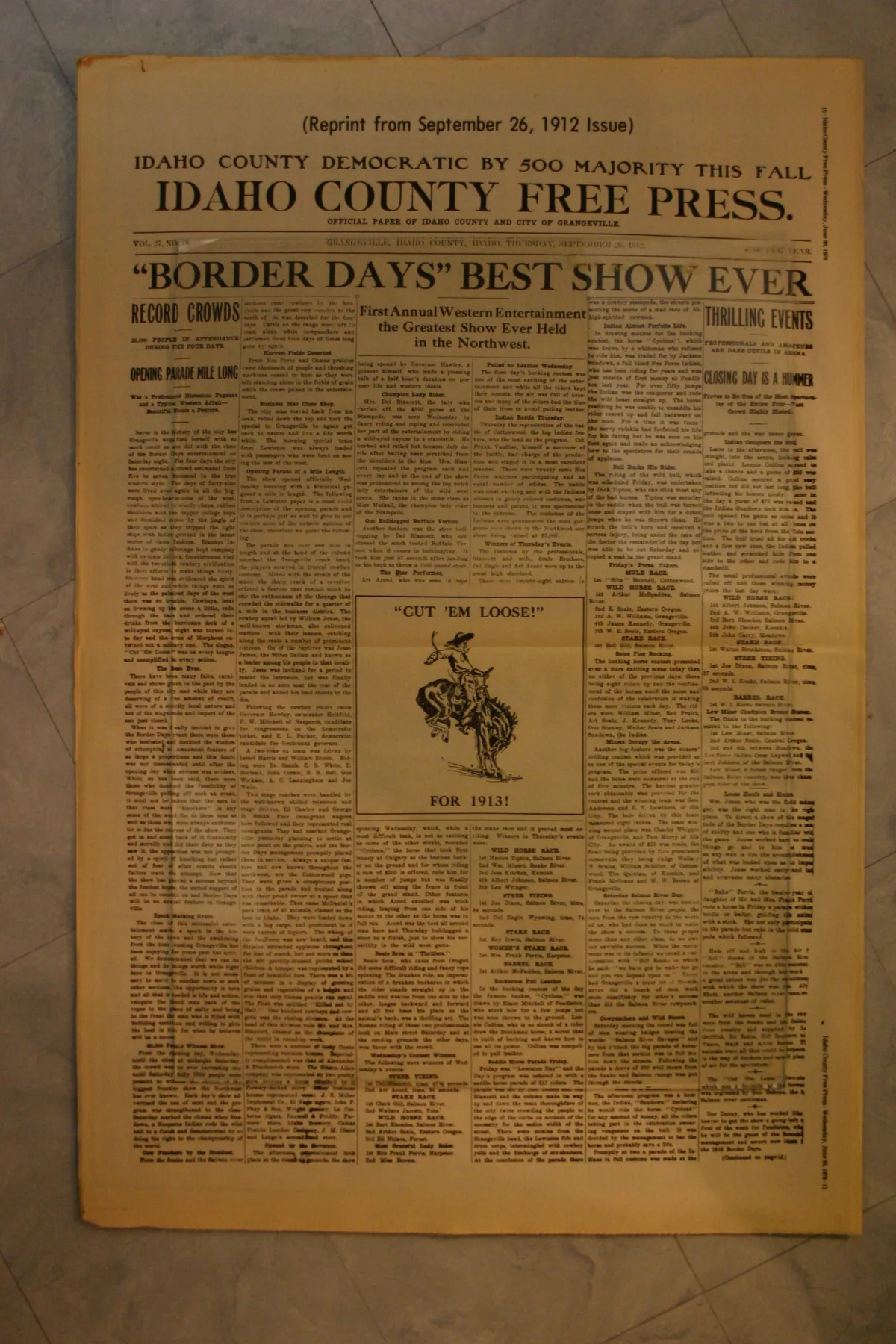
Idaho County Free Press Replica from September 16, 1912. Credit: Idaho County Free Press
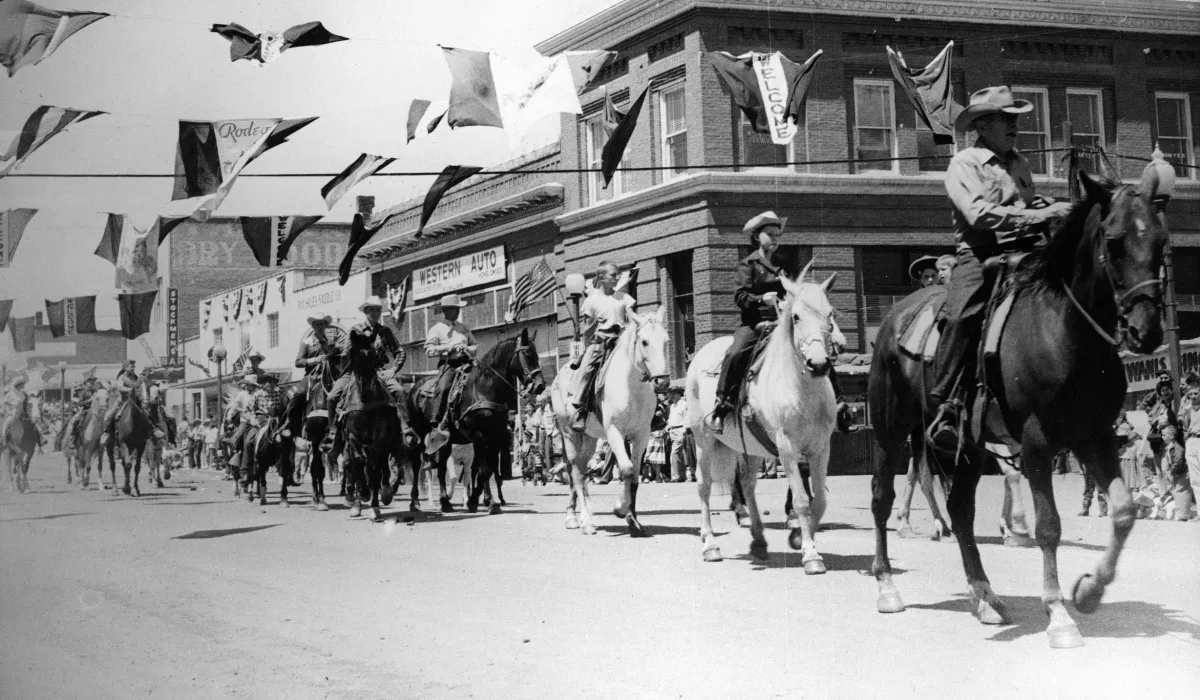
Credit: Idaho County Free Press
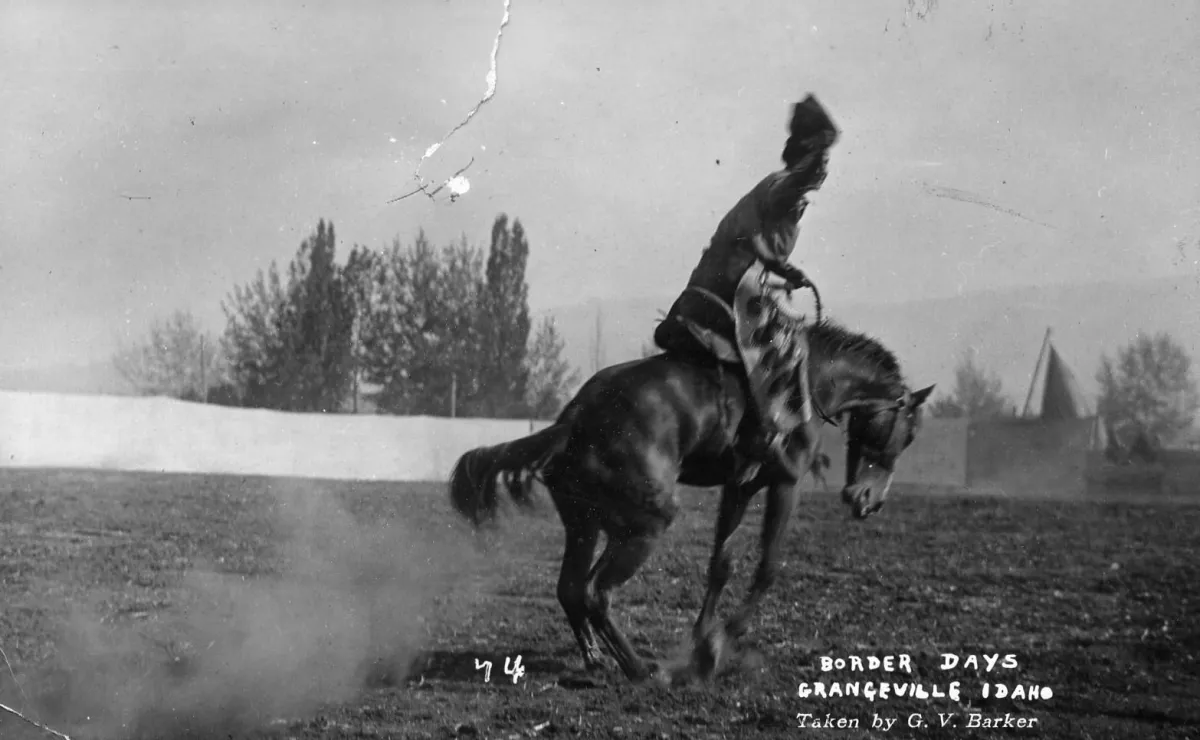
Credit: Idaho County Free Press
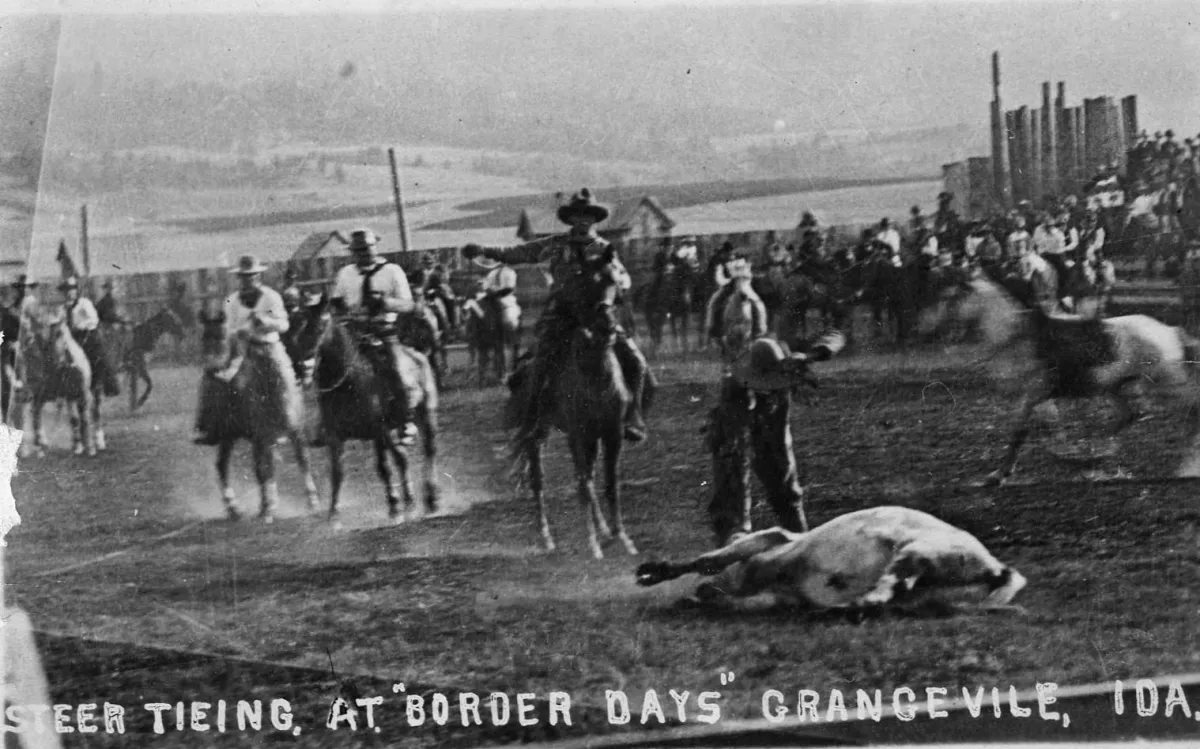
Credit: Idaho County Free Press
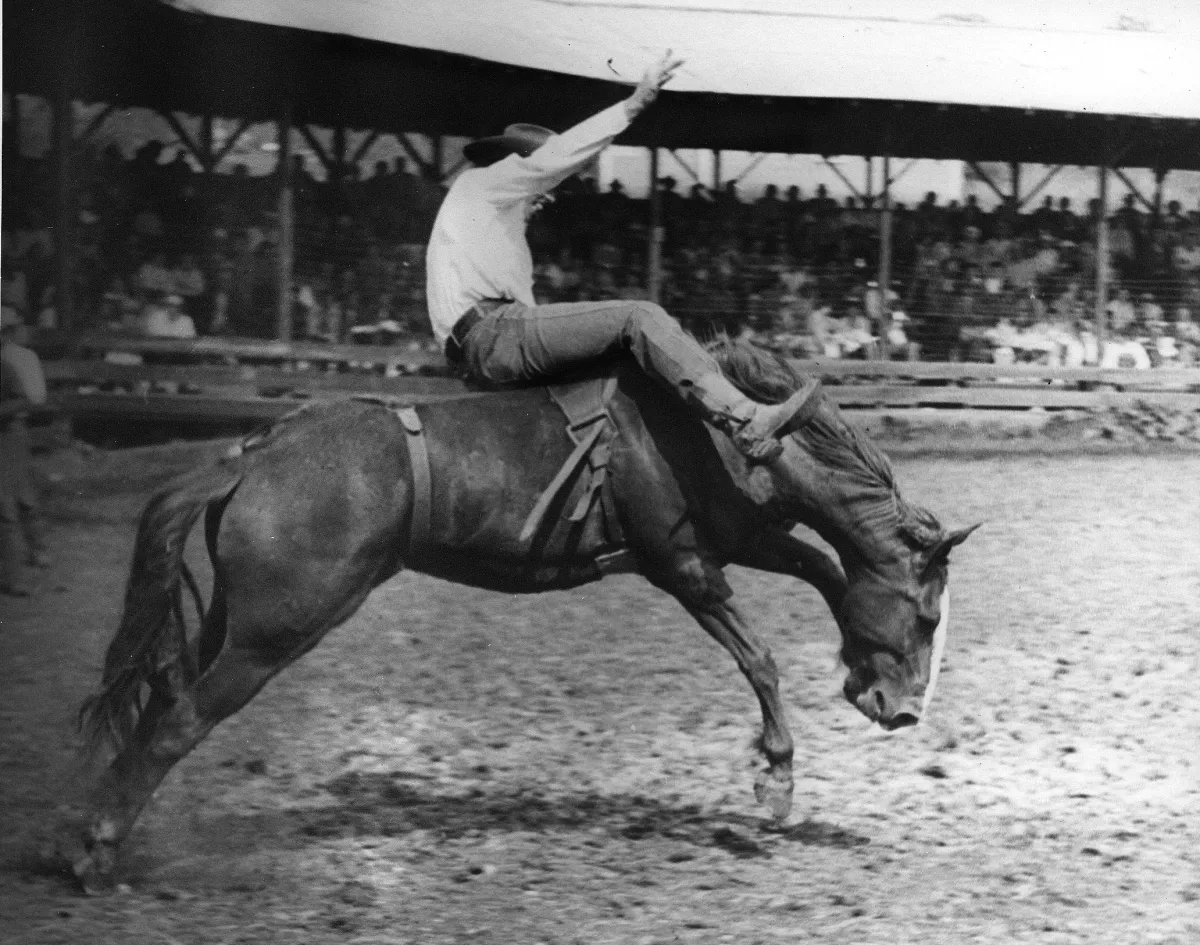
Credit: Idaho County Free Press
Events held July 4, 5, 6 at 9 AM!
MEET THE COMMITTEE
